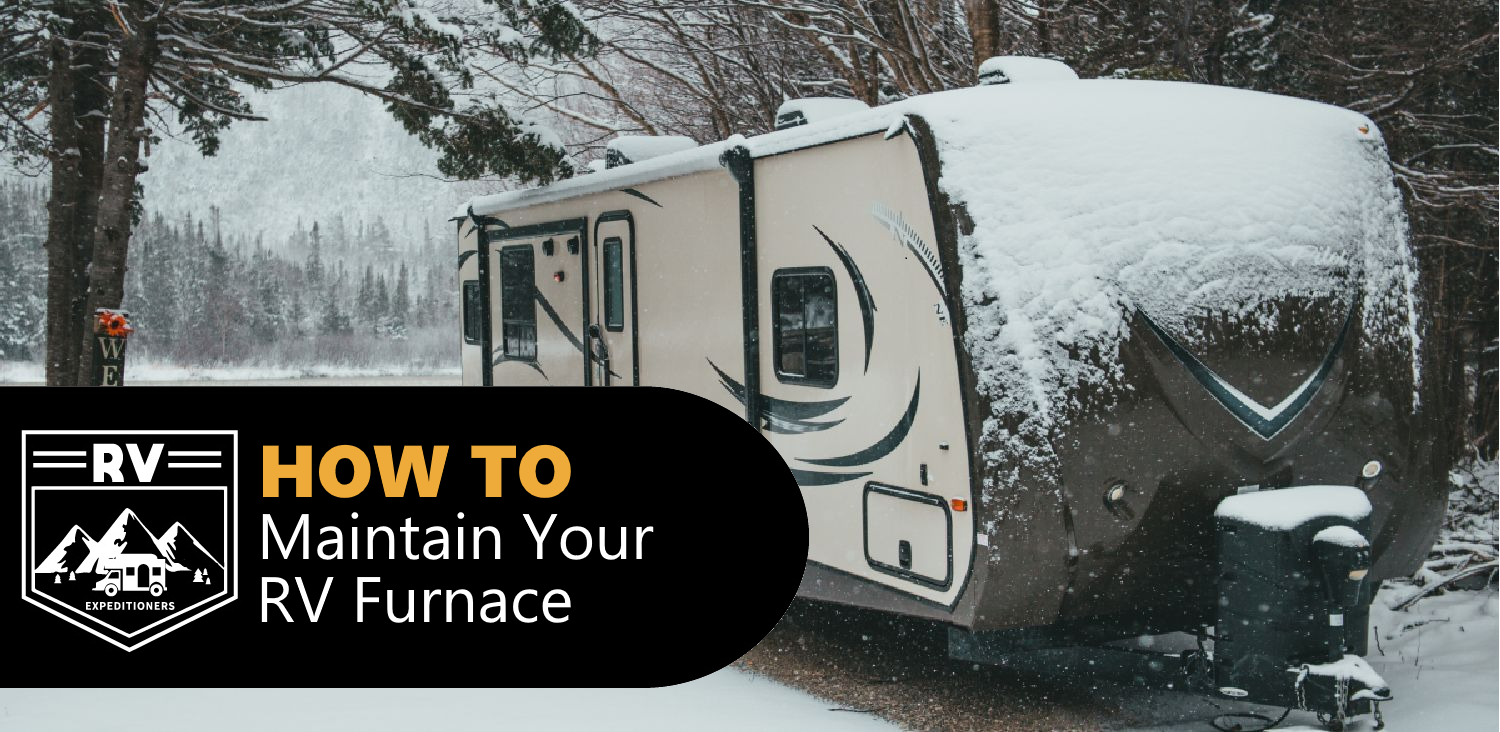Nothing spoils a cozy night in your RV faster than an RV furnace that won’t kick on.
You flip the thermostat, expect warm air to blow through, and… nothing.
Or maybe it starts up with a loud whoosh and then shuts off a few seconds later. Sound familiar?
RV furnaces are built to keep you warm, even when you're camping in snow-covered woods or cruising through chilly desert nights.
But like anything else in your rig, they need a little regular attention to keep doing their job.
And when they act up? It’s usually a fixable problem - if you know what to look for.
In this guide, we’ll walk through the basics of RV furnace maintenance, common problems, and how you can stay ahead of the cold.
Don’t worry - this isn’t just for “handy” people.
You’ve got this.
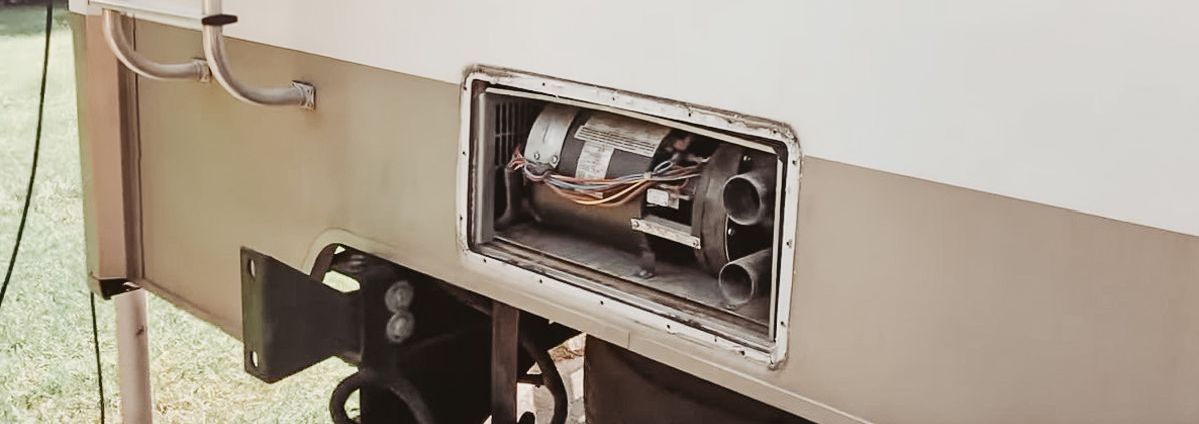
RV FURNANCE MAINTENANCE
Why RV Furnance Maintenance Matters
Before we dive into the to-do list, let’s talk about why it’s worth your time.
- Avoid Unexpected Breakdowns: Regular maintenance helps catch minor issues before they become major, so you don’t get stuck without heat when you need it most.
- Improve Efficiency and Comfort: A clean, well-maintained furnace heats your RV faster and more evenly, using less propane and battery power to get the job done.
- Keep it Safe: Gas appliances need attention. Dust buildup, poor airflow, or a faulty igniter can lead to dangerous situations like carbon monoxide leaks or propane issues.
- Save on Repairs: Taking a little time now means fewer emergency repair bills later. It also helps your furnace last longer - some units run great for 10+ years with regular care.
RV FURNACE MAINTENANCE
How Often Should You Service Your RV Furnace?
You don’t need to crawl under your rig every week, but timing matters.
Here’s a solid rule of thumb:
Once a year (at minimum): A yearly inspection and cleaning is essential before cold-weather travel. Even if it’s just a weekend trip, make sure it’s in top shape.
Before long winter trips: If you’re heading into colder regions or staying in your RV through winter, do a quick check every few weeks, especially if the furnace is running daily.
Any time you notice odd behavior: If it’s making strange noises, cycling too often, or not staying lit - don’t wait. Addressing issues early prevents bigger headaches.
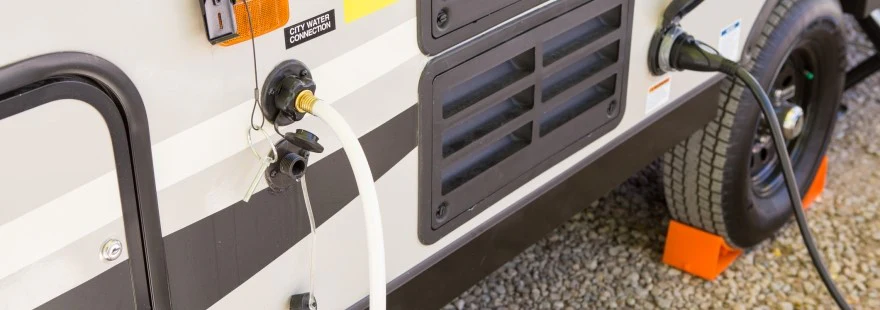
RV FURNACE MAINTENANCE
What You’ll Need for a Basic Furnace Checkup
You can knock out a lot of furnace maintenance with just a few simple tools:
- Vacuum with a hose attachment: Great for sucking out dust and debris from around vents, compartments, and intake areas.
- Soft brush or paintbrush: Helps you gently clean dust off sensitive parts without damaging wires or sensors.
- Compressed air or small air compressor: Blows out tight areas where buildup hides - like burner chambers or intake/exhaust vents.
- Multimeter (optional): Useful for checking continuity or diagnosing electrical issues if you're comfortable with basic testing.
- Soapy water in a spray bottle: Helps detect propane leaks if you’re checking fittings or hoses.
Safety Reminder: Always turn off the furnace, shut off propane, and disconnect power before doing any maintenance.
RV FURNACE MAINTENANCE
Step-by-Step Guide to RV Furnace Maintenance
Here’s what to do during your regular maintenance routine.
You don’t need to be a pro - just take it one step at a time.
1. Clean the Intake and Exhaust Vents
Your furnace pulls in air and exhausts it through sidewall vents.
These can easily get blocked by bugs, nests, or dirt.
- Remove the outer vent cover and inspect for clogs or debris. Use compressed air to clear it.
- Check for insect nests or spider webs—these are a surprisingly common cause of furnace failure.
- Clean the area gently with a soft brush and vacuum to keep airflow unrestricted.
2. Check the Burn Chamber
Dust and debris inside the burn chamber can affect how well the furnace lights and runs.
- Remove the access panel to the furnace and carefully vacuum out visible dust or dirt.
- Look for soot buildup, rust, or corrosion on the burner assembly.
- If you see heavy buildup or smell something off, it may need professional service.
3. Inspect the Blower Motor and Fan
A dirty or faulty fan makes the furnace loud - or prevents it from running at all.
- Listen for squeaking or grinding noises when the blower is on - these can signal worn bearings.
- If accessible, gently wipe down the fan blades and use compressed air to clear around the motor.
- If the fan doesn’t spin freely, it might need lubrication or replacement.
4. Check the Thermostat
Sometimes the furnace isn’t the problem - it’s the thermostat.
- Make sure it’s getting power (battery or 12V).
- Set it to a temperature above current room temp and listen for the click that signals it’s sending power.
- If the furnace doesn’t respond, check for loose wires or swap in a new thermostat to test.
5. Test Safety Sensors and Wires
Many furnaces shut down automatically if a safety sensor detects something wrong.
- Inspect wiring for frays, corrosion, or loose connections.
- If you're comfortable using a multimeter, test the continuity on limit switches and the sail switch.
- These small parts often fail before anything else - and they’re usually inexpensive to replace.

RV FURNACE MAINTENANCE
Common RV Furnace Problems (and What to Do)
Even with maintenance, things go wrong.
Here are the most common RV furnace issues and how to handle them:
Furnace Won’t Turn On
- Could be: Dead battery, blown fuse, bad thermostat, or no propane.
- Try: Checking your fuse panel, testing the thermostat, and confirming propane is flowing.
Furnace Blows Cold Air Then Shuts Off
- Could be: Dirty burner, faulty sail switch, or poor airflow.
- Try: Cleaning vents, confirming return air isn’t blocked, and checking if the fan spins freely.
Furnace Keeps Cycling On and Off
- Could be: Thermostat too close to a vent, or overheating from blocked airflow.
- Try: Repositioning the thermostat and checking for obstructions in return vents and ducts.
Furnace Is Loud or Squeaky
- Could be: Worn fan bearings, debris in the blower, or loose mounting screws.
- Try: Cleaning the fan, tightening screws, or (if it persists) replacing the motor.
You Smell Propane or Burning Odors
- Could be: Leak, unburnt gas, or overheating components.
- Try: Shutting off propane immediately. Use soapy water to check for leaks - or better yet, call a professional.
RV FURNACE MAINTENANCE
Pro Tips to Keep Your Furnace Running Strong
These simple habits can make a big difference in keeping your furnace working when you need it most:
Use a bug screen on the outside vent: Insects love cozy furnace vents - especially wasps. Screens are cheap and can prevent clogs and fire risks.
Run the furnace regularly - even in warm weather: Turning it on once a month helps prevent parts from seizing and clears out dust buildup inside.
Check return air pathways often: Don’t block the furnace’s airflow with furniture, bags, or laundry. It needs room to breathe and circulate warm air properly.
Get a carbon monoxide detector: It’s not optional. If you don’t already have one in your rig, install it today - it could save your life.
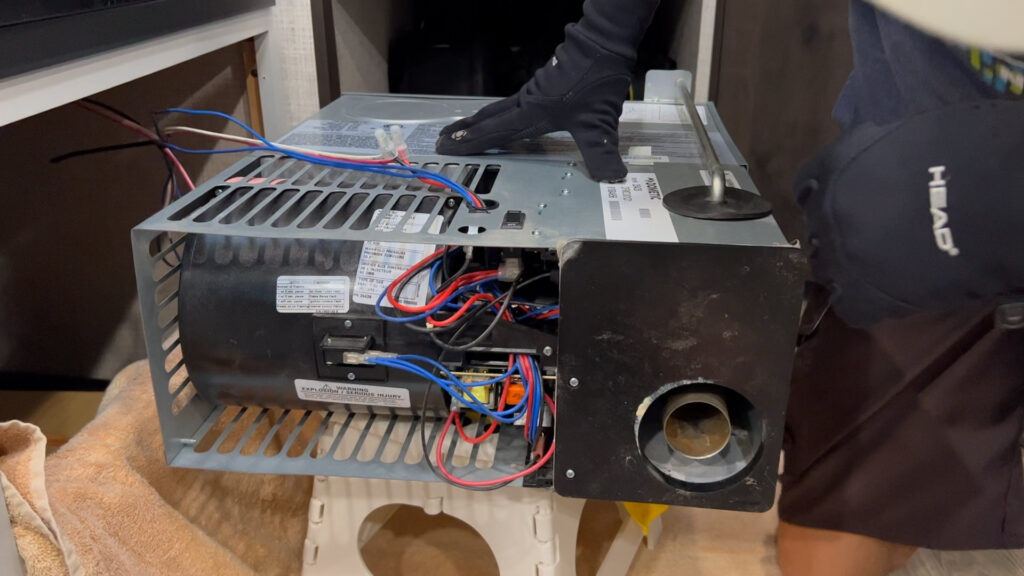
RV FURNACE MAINTENANCE
When to Call a Pro
RV furnaces are surprisingly DIY-friendly - but not everything should be a solo project.
Here’s when to get help:
- The furnace smells like gas or burning plastic.
- You can’t get it to light, even after cleaning.
- There’s visible rust, corrosion, or melted wires.
- You're hearing loud bangs or electrical buzzing.
- You suspect a bad control board or major part failure.
Don’t try to muscle through major repairs - your safety (and your RV) is worth more than saving a few bucks.
RV FURNACE MAINTENANCE
Final Thoughts: Warm RV, Happy Camper
Keeping your RV furnace in top shape doesn’t have to be a big deal. A little routine attention goes a long way toward keeping your home-on-wheels toasty, safe, and ready for anything the road throws your way.
So make it a habit. Add furnace checks to your seasonal prep or pre-trip checklist. That way, when the temps drop, you’re sipping coffee in comfort - not shivering under a mountain of blankets.
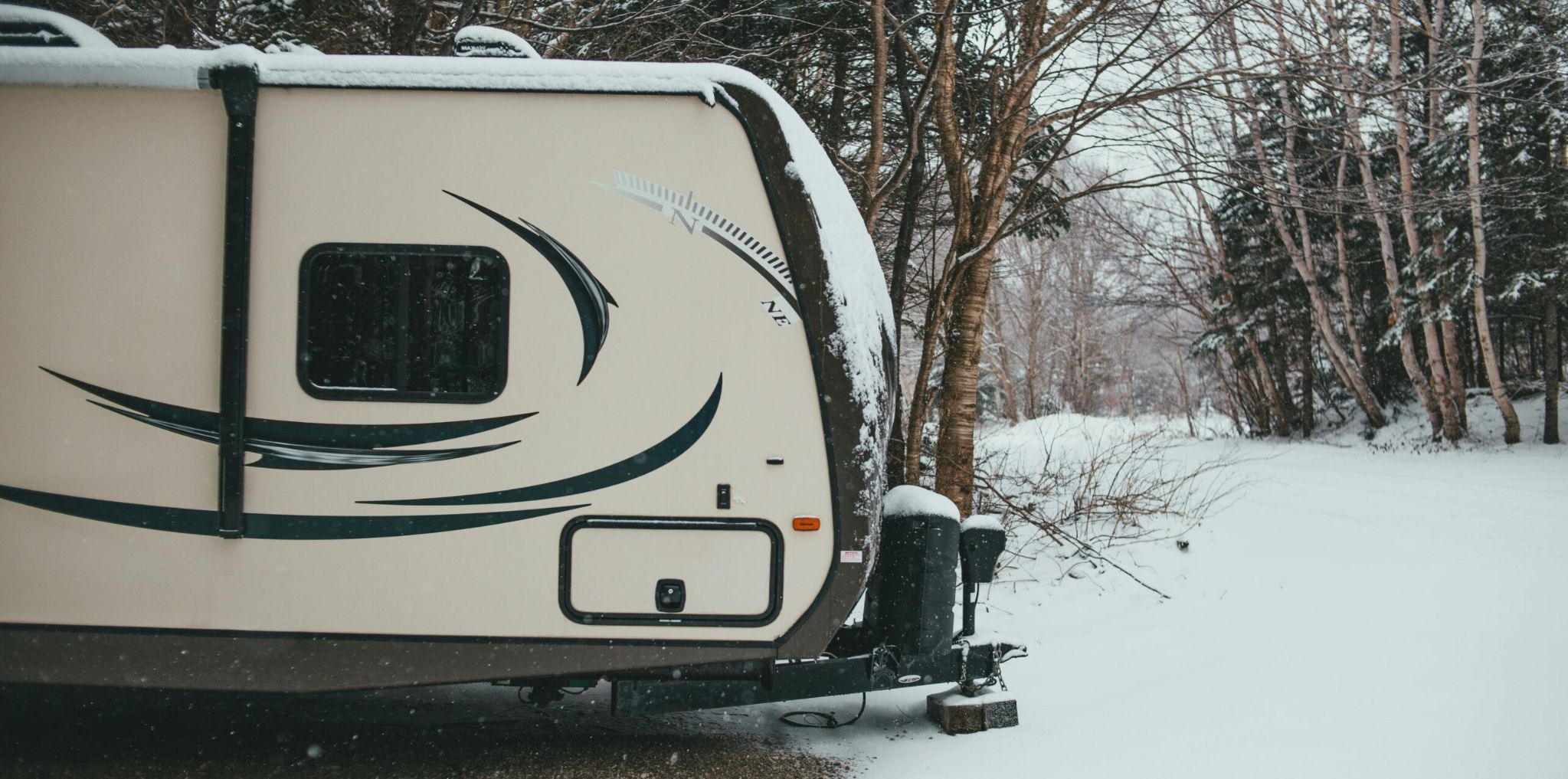
RV FURNACE MAINTENANCE
Got Questions? Let’s Talk!
If you’re scratching your head over your RV furnace, don’t hesitate to ask.
I’d love to help or hear what worked for you.
Got a favorite tip or trick? Drop it in the comments or share it with a fellow traveler.
Happy camping—and stay warm out there!
TOP of RV Furnace Maintenance Guide
BACK to Guide to HVAC Maintenance
HOME to Main RVExpeditioners.com Page

